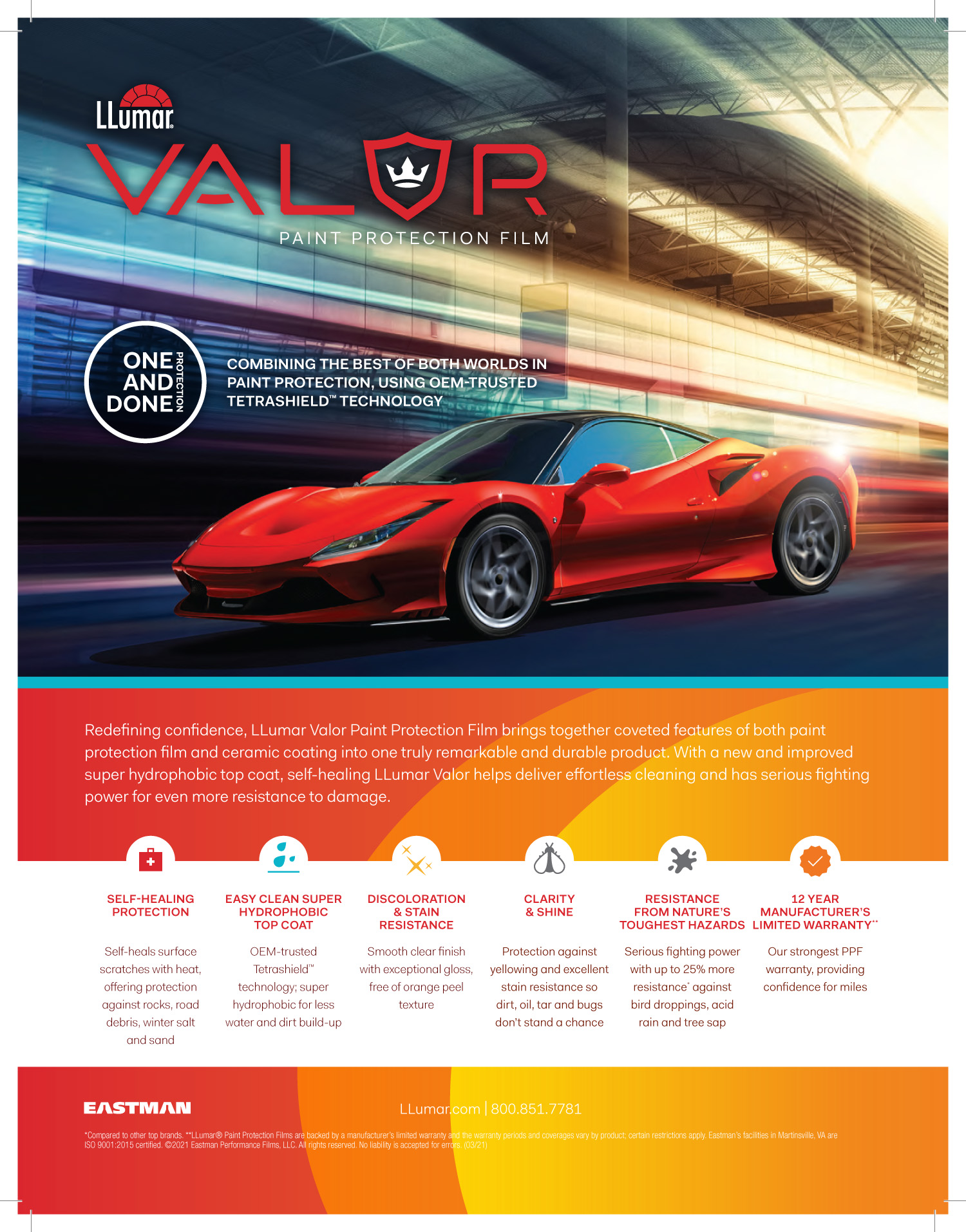Why Select Paint Protection Film Over Standard Wax for Cars And Truck Protection
Why Select Paint Protection Film Over Standard Wax for Cars And Truck Protection
Blog Article
The Relevance of Paint Security Movie in Preserving Your Car's Finish
In today's globe, where vehicles are not just a setting of transportation but a considerable investment, safeguarding their look is vital. Repaint Defense Movie (PPF) arises as an important gamer in this field, offering a virtually invisible guard that fights the everyday hazards of the roadway. Yet just how precisely does this film maintain your car's flawless coating versus harsh environmental variables and physical damages? The response depends on its special residential properties and benefits, which established it apart from other safety alternatives. This leads us to contemplate-- what makes PPF a crucial option for automobile lovers and owners alike?
Understanding Paint Security Film
Paint defense movie (PPF), frequently described as a "clear bra," is a polycarbonate urethane movie put on the repainted surface areas of automobiles to safeguard them from damage triggered by rocks, pests, and minor abrasions. This innovative film is meticulously crafted to ensure optimum quality and is created to be basically invisible when correctly applied. It acts as a sacrificial layer, soaking up the influence of day-to-day threats, therefore keeping the lorry's beautiful appearance.
PPF is generally composed of multiple layers, each serving a details function. The top layer is a clear coat that offers a shiny coating while improving UV resistance, protecting against the film from yellowing with time. Below this, the urethane layer offers the major protective barrier, using flexibility and toughness. The glue layer is engineered to enable safe attachment yet makes sure easy removability without damaging the underlying paint.

Advantages of Using PPF
While maintaining the excellent appearance of an automobile is a priority for lots of proprietors, making use of paint defense film (PPF) offers numerous crucial benefits. Chief among these is the premium defense against physical damages. PPF functions as a durable obstacle, securing the vehicle's paint from roadway debris, rocks, and small abrasions that can occur during normal driving. This defense is crucial in avoiding undesirable chips and scratches, thereby protecting the car's aesthetic allure and resale value.
PPF supplies a protective layer that mitigates the impacts of these components, reducing paint fading and preserving a glossy surface over time. In addition, PPF is made to be basically undetectable, making sure that the initial color and layout of the automobile remain prominently presented without change.
Additionally, the self-healing properties of sophisticated PPF add to its allure. When exposed to heat, the film can mend minor scrapes and swirl marks, making certain the automobile maintains a perfect exterior. Collectively, these benefits make PPF an essential tool for automobile preservation.
Exactly How PPF Functions
To comprehend the effectiveness of paint security movie (PPF), it is important to look into its composition and application procedure. PPF is composed of a multi-layered product, typically polyurethane or a comparable polymer. This transparent film is made to soak up the impact from ecological and physical components, such as roadway debris, UV rays, and minor abrasions. The movie's leading layer is crafted to be both long lasting and adaptable, allowing it to satisfy the special contours of an automobile's surface area while supplying a robust shield against damages.
The application process of PPF is precise, needing experienced professionals to make certain a seamless and bubble-free coating. Initially, the lorry's surface area is thoroughly cleaned up anonymous to remove any kind of impurities that might endanger attachment. The movie is after that pre-cut to match the automobile's specifications or exactly trimmed in situ. Applied with a specialized adhesive, PPF is very carefully positioned and stretched over the preferred locations. A squeegee is used to remove air bubbles and make sure a smooth appearance.
Once mounted, PPF offers an almost undetectable barrier that preserves the lorry's initial paintwork, maintaining its aesthetic allure and resale value over time.
PPF Vs. Other Safety Choices
When thinking about automobile paint security, proprietors have several options, each with its distinctive advantages and limitations. Paint Defense Movie (PPF) is renowned for its robust safety top qualities, using a nearly unnoticeable barrier that guards against scratches, chips, and environmental impurities. Its self-healing buildings further improve its value, enabling minor abrasions to disappear with direct exposure to warmth.

Plastic covers, while using visual customization, do not inherently safeguard the underlying paint from chips or scratches, making them much less optimal for pure security objectives. Each choice suits various needs and spending plans, however, for those focusing on detailed, long-lasting protection, PPF attracts attention as the premium choice. Its mix of resilience, self-healing modern technology, and minimal upkeep needs makes it a recommended option for preserving an automobile's immaculate great site surface.
Tips for Preserving PPF

Examine the film very closely for any indications of lifting or bubbling, particularly around the edges. If you recognize areas that call for fixing, speaking with an expert installer is recommended to ensure appropriate handling.
Furthermore, while PPF gives outstanding defense against UV rays, parking your vehicle in shaded areas whenever feasible can even more extend the movie's life-span. Avoid making use of automated cars and truck cleans with high-pressure hose pipes or brushes, as these can weaken the film's sticky residential properties. Lastly, take into consideration using a specialized PPF sealer for included security against ecological impurities. By adhering to these upkeep tips, you can maximize the performance and toughness of your Paint Defense Movie.
Final Thought
In conclusion, Paint Security Movie (PPF) works as a crucial part in maintaining a car's aesthetic and economic value. By giving an almost invisible obstacle, PPF effectively prevents damage from roadway particles and environmental factors. Its self-healing properties better improve its utility by ensuring minor abrasions do not completely mar the car's surface. When compared to various other protective measures, PPF offers premium defense and longevity, making Continue it a vital financial investment for maintaining an automobile's surface with time.
Report this page